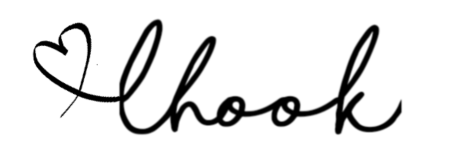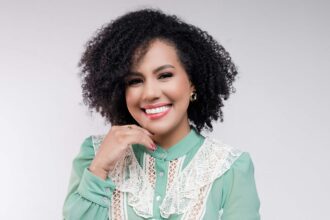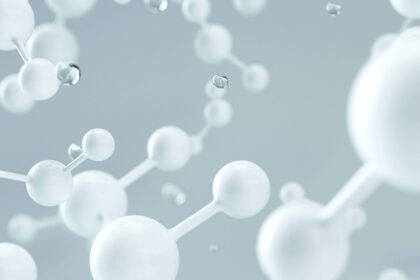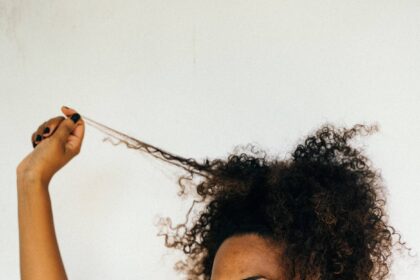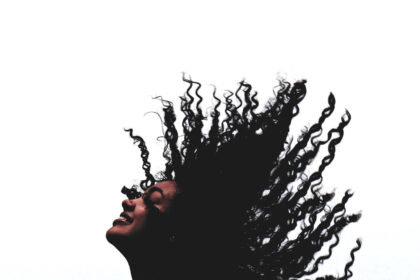What Is Keratin
Keratin is a structural protein naturally produced by the body and it is commonly found in epithelial cells.
What are epithelial cells
Epithelial cells line the surface of your body and tissues while acting as a barrier between the inside and outside of your body.
Where are epithelial cells found
Epithelial cells are found on your skin, organs, and blood vessels.
Where is Keratin Found
Keratin can be found in the fibers of smooth muscles, skeletal muscles, as well as in cardiac muscles. It is also abundant in your hair, skin, and nails.
What does keratin do for the body
Keratin maintains cell shape and plays a critical role in forming an impermeable barrier to separate organs from external stimuli.
What does Keratin do for skin
The skin may experience slowed regeneration of Keratin.
What does Keratin do for hair
Keratin gives your hair its strength and structure. It is also used in hair products formulated for certain hair types to help strengthen hair.
Studies show there are 54 functional keratin genes in humans and about half of all these proteins are restricted to the hair follicles. Hair follicles regulate the growth of your hair. [1]
How does keratin strengthen hair
Through a process called keratinization, maturing cells harden to strengthen the hair fiber.
Where is Keratin found in hair
Keratin is found on the outer layer of the hair strand called the ‘cuticle’ as well as the inner layer of your hair strand known as the ‘cortex’. A healthy hair strand can be composed of mostly protein.
Other ways keratin is used
Research shows that some keratins are used by medical professionals to aid in the detection of various cancers while others are used to guide nerve regeneration. [2]
What happens if there is not enough Keratin in the body
Severe protein deficiencies are uncommon in the western world, however, studies show that consuming less than the recommended daily protein may present individuals with challenges such as: [3]
- Skin – acne, dullness, premature aging, spotting, flaking, dryness
- Hair – thinning hair strands, diffuse hair fall, slowed growth rate, telogen effluvium, brittle strands, etc.
- Nails – brittle, deep ridges in nails, etc.
- Autoimmune diseases – vitiligo, alopecia areata, hypothyroidism
When our bodies are low in proteins such as keratin, there can be adverse effects over time resulting in various challenges which may be unique to each individual.
How can the amount of keratin in the body increase
It’s easy to increase keratin in your body through the nutrients you consume regularly from your diet. Foods rich in protein, zinc, and vitamins A and C help your body produce Keratin.
External sources of keratin
Hair Treatments
Once keratinized, a hair strand does not regenerate keratin, therefore, the use of external sources of the protein may be beneficial for some individuals.
When considering the use of protein treatments, consulting with qualified professionals is important to avoid unwanted results.
Treatments formulated for different hair types are widely available.
Keratin Supplements
Some persons gravitate towards supplements when they face these or other challenges, however, research shows that some supplements are linked to toxicity and hair loss, and medical professionals agree that anyone considering supplementation consult with their medical professional before consumption. [6][7]
Summary
Keratin is a protein that acts as a strong yet flexible barrier in glands, skin, and organs. It also provides the strength and structure of hair and nails, and the outer layer of the skin. Low keratin in the body can result in various health challenges over time, however, it is easy to increase the body’s production by consuming foods rich in certain nutrients.
